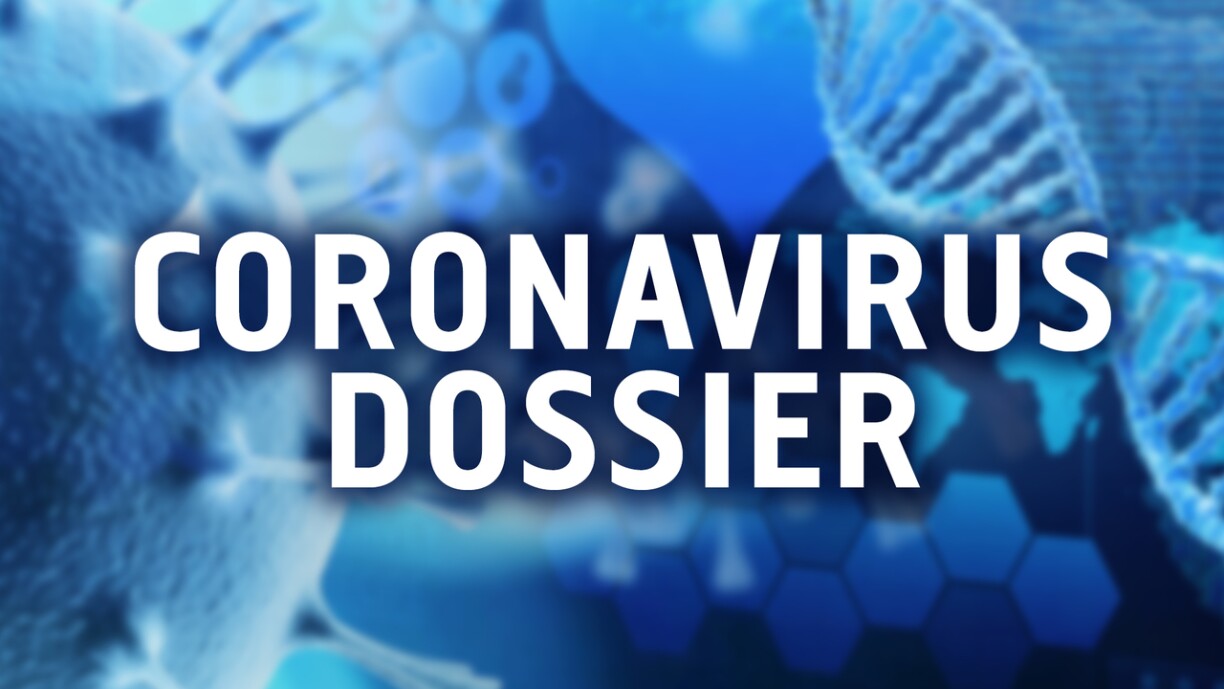
While hospitalisations due to Covid-19 are currently low, at least compared to winter or spring 2020, the pressure on the country’s hospitals remains nevertheless high. Our colleague Monica Camposeo from RTL.lu went to Centre Hospitalier Emile Mayrisch (CHEM) in Esch-sur-Alzette to get an idea of how workers are coping with the current situation.
Océane Arnoud, a nurse at CHEM, states that she manages to “hold on” for now but adds that some of her colleagues might have a different view. Many are tired and wish to return to a more normal work rhythm, according to Arnoud.
Since the start of the pandemic, normalcy has been thrown out the window for nurses such as Arnoud. At the moment, nine people are hospitalised for Covid-19 at CHEM. None of these patients are in intensive care. Linda Bertolino, head nurse of the Covid-19 ward, explains that the average age of the patients is between 70 and 80 years – elderly patients, who have not been vaccinated. Most of them live alone and suffer from pre-existing conditions.
Video report in Luxembourgish:
Vulnerable people, who often receive no type of care, and have fallen through the cracks of the vaccination campaign. However, as the CHEM’s medical director, Dr Serge Meyer, points out, the number of younger patients has also increased.
According to Dr Meyer, they are currently treating three people between 45 and 55 years of age. All three of them have recently come back from holidays, and all three of them are unvaccinated. Among them are people suffering from diabetes or overweight, which Dr Meyer thinks could be a reason why they had a higher risk of ending up in hospital. However, there have also been patients without any “risk factors”, according to the CHEM’s medical director.
Nicola Cumini, aged 52, is one of the patients currently being treated at the hospital in Esch-sur-Alzette. He was tested positive in early August and explains that the first 10 days were “quite bad”. Cumini had a persistent fever between 38.5 and 39.5 degrees as well as outbreaks of sweat and hot flushes, among other symptoms. Since Tuesday, his fever has gone and he states that he is doing “relatively well” – except for the fact that he is not receiving enough oxygen, something which he “did not notice”.
Cumini’s GP noticed that the oxygen saturation level in his blood was too low and admitted him into hospital.
According to Dr Meyer, a hospitalisation ten days after the first symptoms emerge is not unusual. In general, younger patients stay longer at home before the situation becomes critical.
Nevertheless, Dr Meyer also stresses that the number of severe courses of the disease has generally decreased, even for vulnerable people. The CHEM’s medical director states that it appears that the vaccine is indeed throwing a wrench into the disease and preventing people from being hospitalised. As such, Dr Meyer thinks it is very unlikely that the situation will deteriorate to the same degree as it had back in November 2020.
The long-term goal is to get to a “Phase 0", i.e. treating all of Luxembourg’s Covid-19 patients at a single hospital, namely the National Centre for Infectious Diseases at Centre Hospitalier de Luxembourg (CHL). At that point, it would be possible to return to some form of normalcy in the country’s hospitals.